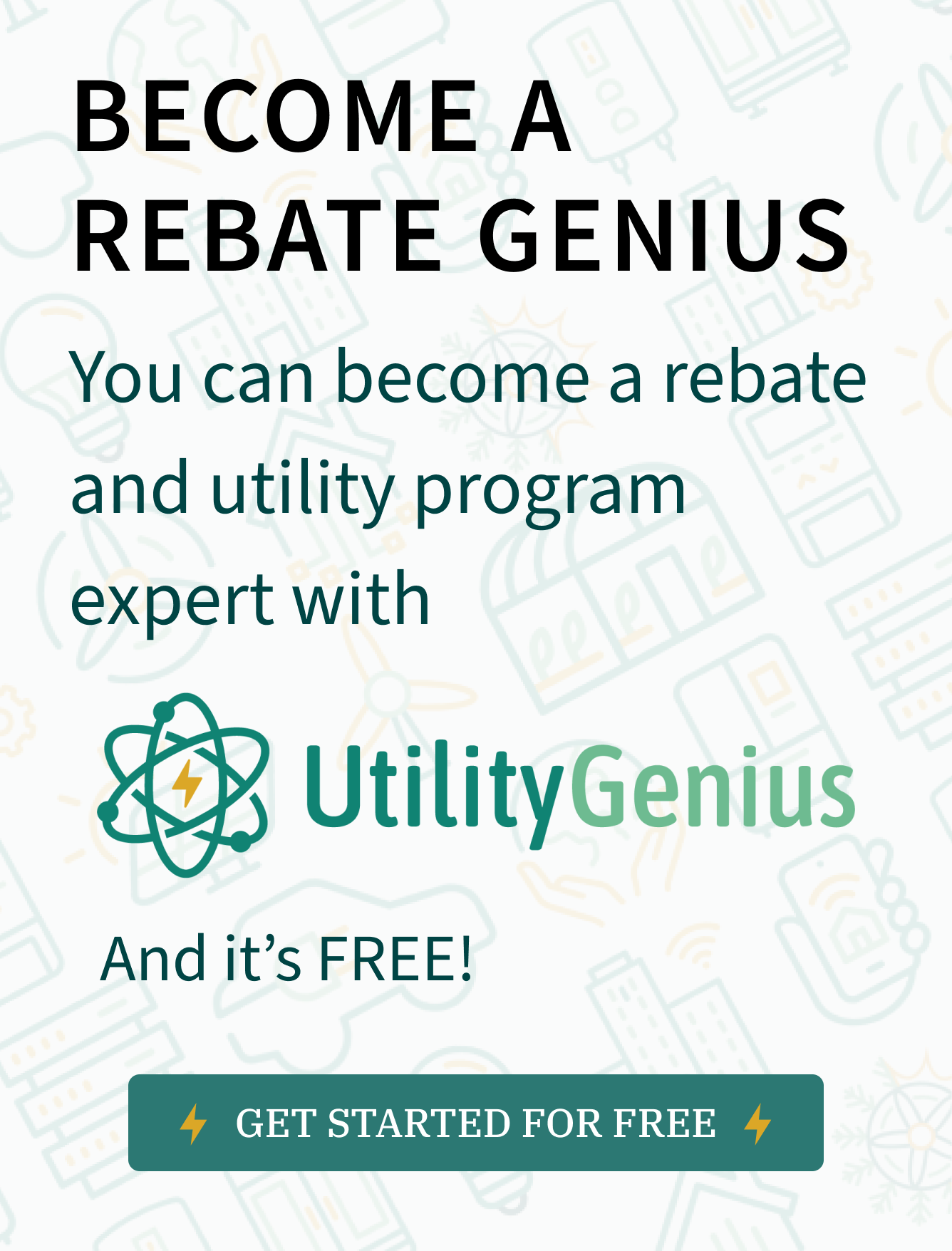The horticulture industry, particularly in indoor agriculture and controlled environment agriculture (CEA), is experiencing rapid growth. With the global population increasing and the demand for secure and reliable food sources on the rise, projections show that the North American CEA industry will reach $8 billion annually by 2026. To support sustainable growth and decarbonization efforts, the DesignLights Consortium (DLC) has introduced the Horticultural Lighting Technical Requirements V3.0 to guide the industry towards energy-efficient lighting technology.
Understanding the Growth Drivers
As the population grows, traditional agriculture faces limitations due to the availability of water and land resources. Indoor agriculture, however, provides an alternative solution by utilizing controlled environments and artificial lighting systems. According to a Business Wire article, the average energy required globally to produce one kilogram of harvested crop in indoor agriculture is 38.8 kWh. To address these energy demands, the adoption of energy-efficient lighting technology becomes crucial.
Changes in Technical Requirements
The DLC Horticultural Lighting Technical Requirements have recently transitioned from V2.1 to V3, incorporating several essential updates. Key changes include:
- Increased efficacy threshold: The new requirements emphasize improved energy efficiency in horticulture lighting products. A higher efficacy threshold aims to reduce energy consumption while maintaining adequate illumination for plant growth.
- Enhanced reporting: Manufacturers are now required to provide detailed information on the intended use of their products, including dimensions and images. These additional specifications streamline the selection and installation process for horticulture professionals, as well as provide a baseline for incentive programs to scale.
- Product-level controllability: V3 introduces product-level controllability requirements, ensuring better adaptability and customization options for lighting setups. These changes enable precise control of lighting conditions to optimize plant growth.
In addition to these updates, the establishment of the Horticultural Lighting Controls Technical Working Group further emphasizes the importance of effective lighting controls in the horticulture system.
Delisting and Update Timelines
Manufacturers need to be aware of the timeline associated with the V3 requirements. The effective date for adopting the V3.0 Technical Requirements was March 31, 2023, with a V2.1 delisting event the same date. Those who missed the February 2nd compliance update deadline can still update their products post-deadline, but they must submit their applications as New Product Applications and will be invoiced at the new application rates. Delisting of products that do not meet the V3 requirements is scheduled for March 31, 2024. Manufacturers can refer to the Quality Products List (QPL) with a delisted filter to determine which products are affected.
Simplifying Rebate Estimates with the Encentiv Rebate Finder
To help manufacturers streamline their rebate estimation process for DLC-qualified horticulture lighting products, Encentiv offers the Horticulture Lighting Rebate Finder. This tool reduces the time spent researching utility rebate programs and their incentive rates. Based on the product specifications provided, accurate estimates can be generated and added to quotes and proposals. With everything needed in one place, including product details, links to applications, and required documents for obtaining incentives, manufacturers can optimize their sales efforts, proposals, and bottom line by utilizing rebates instead of discounts.
To further enhance the rebate process for horticulture lighting products, manufacturers can also utilize UtilityGenius Pro. This tool helps identify the most suitable rebate programs for horticulture-related incentives, further streamlining the application process and maximizing benefits.
 UtilityGenius - Horticultural Grow Luminaire Rebate Coverage Map.
UtilityGenius - Horticultural Grow Luminaire Rebate Coverage Map.
Assumptions made to calculate the map coloration are as follows: Existing fixture: High Pressure Sodium, 600W, New fixture: 300W, -- lumens @ 5,840 hrs
The adoption of energy-efficient lighting technology in horticulture is essential for sustainable growth and meeting the increasing demand for secure food sources. By adhering to the DLC Horticultural Lighting Technical Requirements V3, manufacturers can align themselves with decarbonization efforts and ensure compliance with industry standards. With help from the Encentiv Horticulture Lighting Rebate Finder, you can simplify the rebate estimation process, saving time and bringing added value to sales efforts and the bottom line.
.png?width=500&name=2019%20e%20news%20spotlight%20logo%20(1).png)



